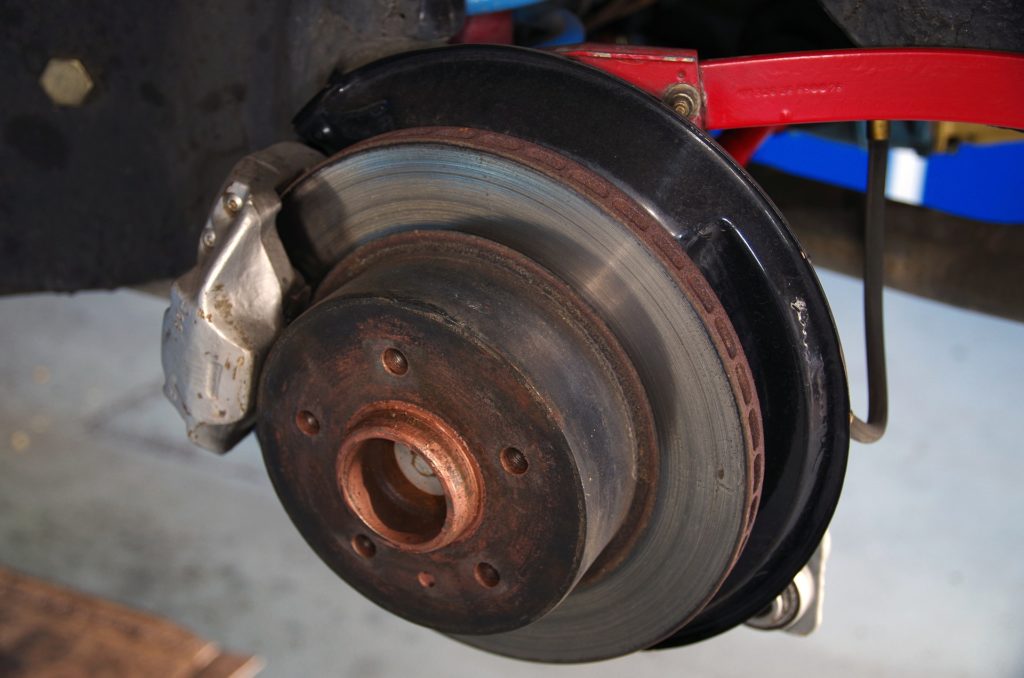

- Jiffy lube brake pads cost manual#
- Jiffy lube brake pads cost full#
- Jiffy lube brake pads cost code#
Visit a local Jiffy Lube® and save big today. It’s time to give your car the care it needs, so stop by your neighborhood Jiffy Lube® today! Your car and your wallet will thank you.

Jiffy lube brake pads cost full#
Best of all, each location has a full stock of brake pads on hand to provide brake service for almost any car model, and brake fluid exchange is always available as well. If you’ve misplaced your manual, the technicians at your nearest Jiffy Lube can assist you in figuring out the correct brake pads for your model.
Jiffy lube brake pads cost manual#
If you’re unfamiliar with the exact kind of brake pad your vehicle utilizes, you can always refer to your user manual to learn more. Scheduling your brake service before your brake pads deteriorate further can prevent accidents from occurring, so don’t put off this simple and easy check-up. Plus, they can additionally support servicing for anti-lock braking system vehicles.

They’ll inspect your entire system including calipers, rotors, disc brakes, and shoes.
Jiffy lube brake pads cost code#
Though it’s best to routinely take your vehicle into the shop for maintenance, simply type in your zip code online to discover the nearest Jiffy Lube location where professionals can determine your exact brake system issues. If you notice your vehicle developing “mushy” brakes, that either won’t stop your car efficiently or drag your steering to one side, it’s time for a brake check.

During your next brake check, ask what types of brake pad materials match your model best. Depending on the application of your brake pads, you’ll want to make an informed decision based upon your user manual or recommendation from your nearest Jiffy Lube. Lastly, ceramic materials regulate heat phenomenally and don’t produce brake dust. Kevlar, of course, is stronger than steel, and the fibers used with brake pads can supply incredible strength and little breakdown. Semi-metallic brake pads use rare metal fibers along with high-quality steel or copper to provide a strong pad with powerful performance. There are a few types of brake pad materials that are utilized for different driving applications and model types, the top three being semi-metallic, kevlar, and ceramic. It can be extremely expensive and time-consuming for developers to research and create safe, efficient brake pads that consumers can rely on for safety, without needing an unusual amount of brake service routines per year. When you’re determining how much to spend on your brake pads, typically, the more expensive the better because of the design of the pad itself combined with the testing that has been enforced by the brake pad manufacturer. Because replacement brake pad companies operate on their own, their testing is done by their own accord, and then the market decides which pads are most reliable. Unlike some other car components, the implementation of replacement brake pads come from companies outside of the original car manufacturer. The differences in the costs of brake pads have less to do with model correlations, and more with the quality of the pad. The answer is yes, but the reasons why are rather complex. If it’s time to replace your brake pads, you may be wondering if the pad choice needs to be an exact fit to your car model. So you’re coming up on 12,000 miles of travel or your vehicle is experiencing faulty brake support, and you decide it’s time for a brake check.


 0 kommentar(er)
0 kommentar(er)
